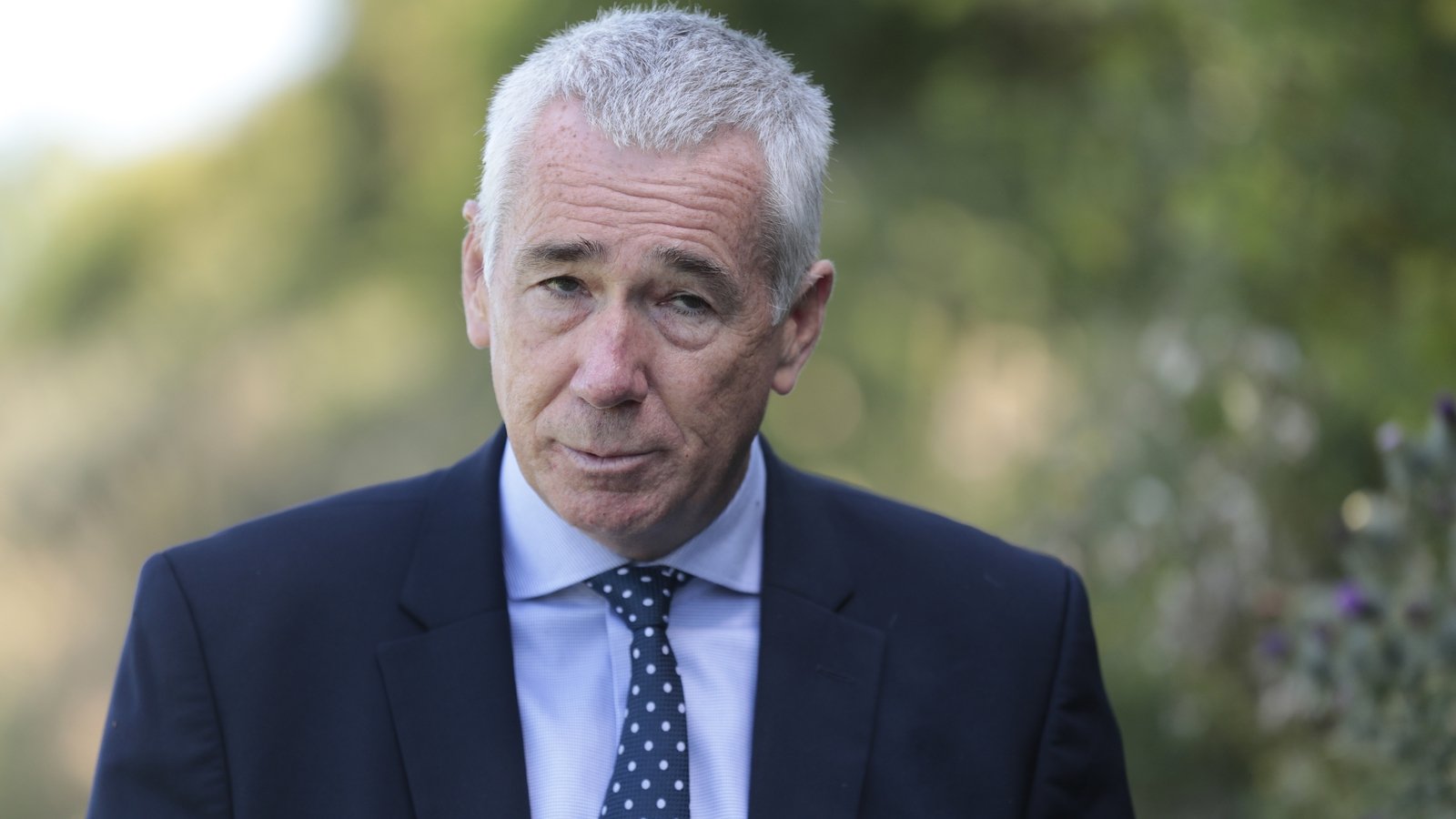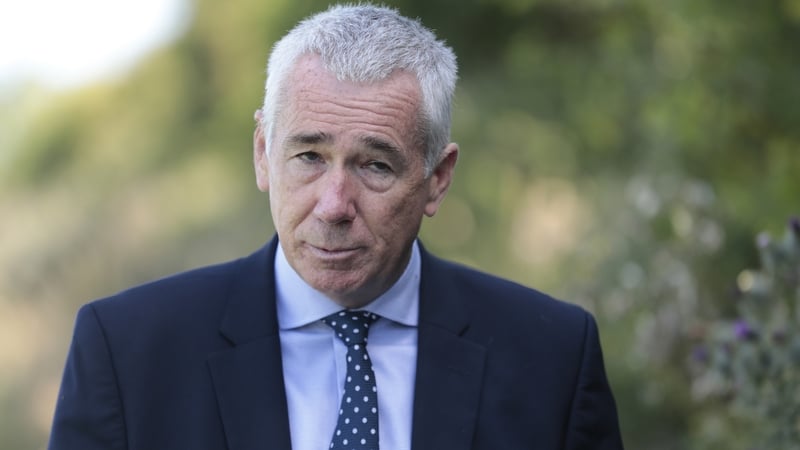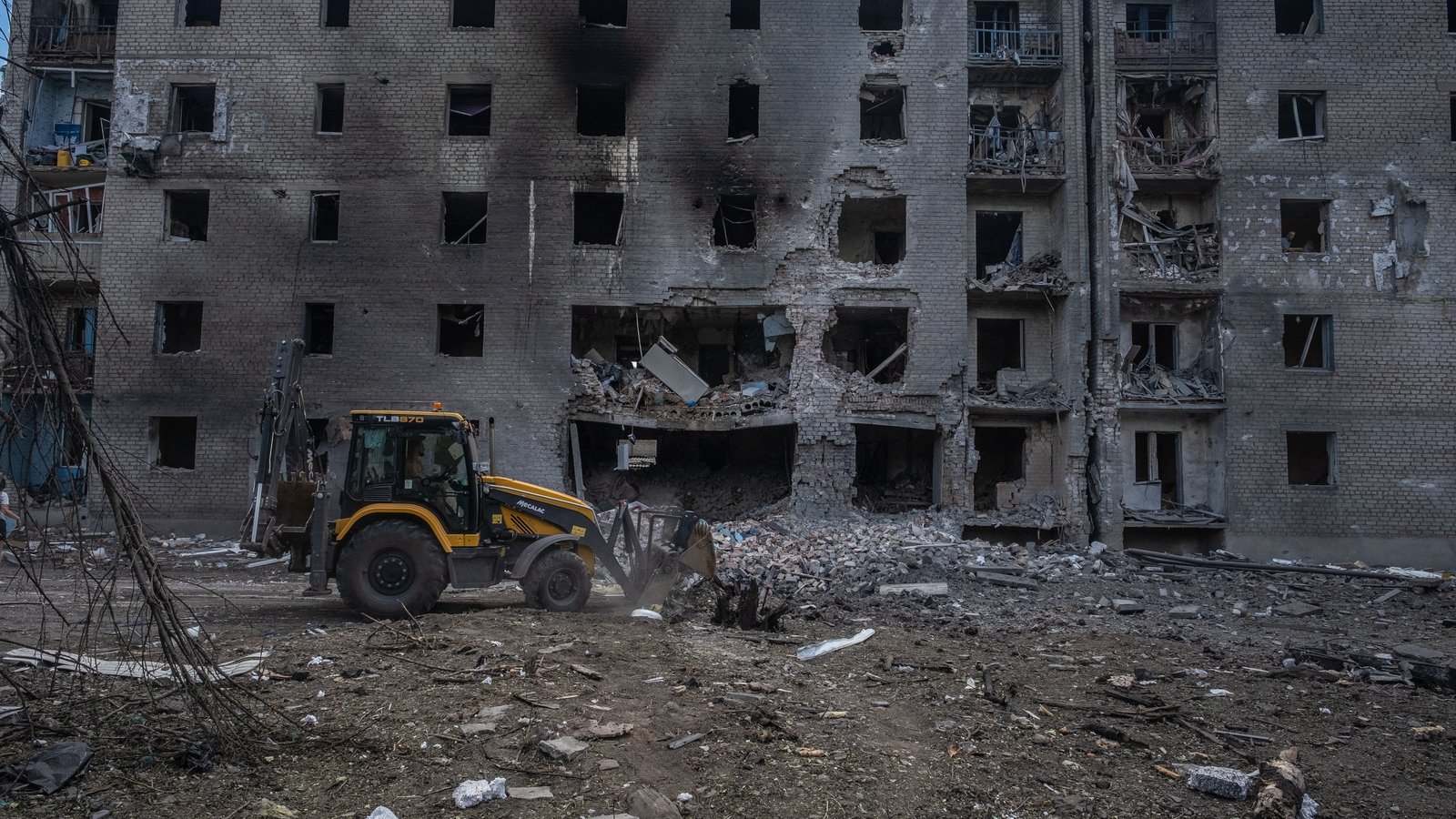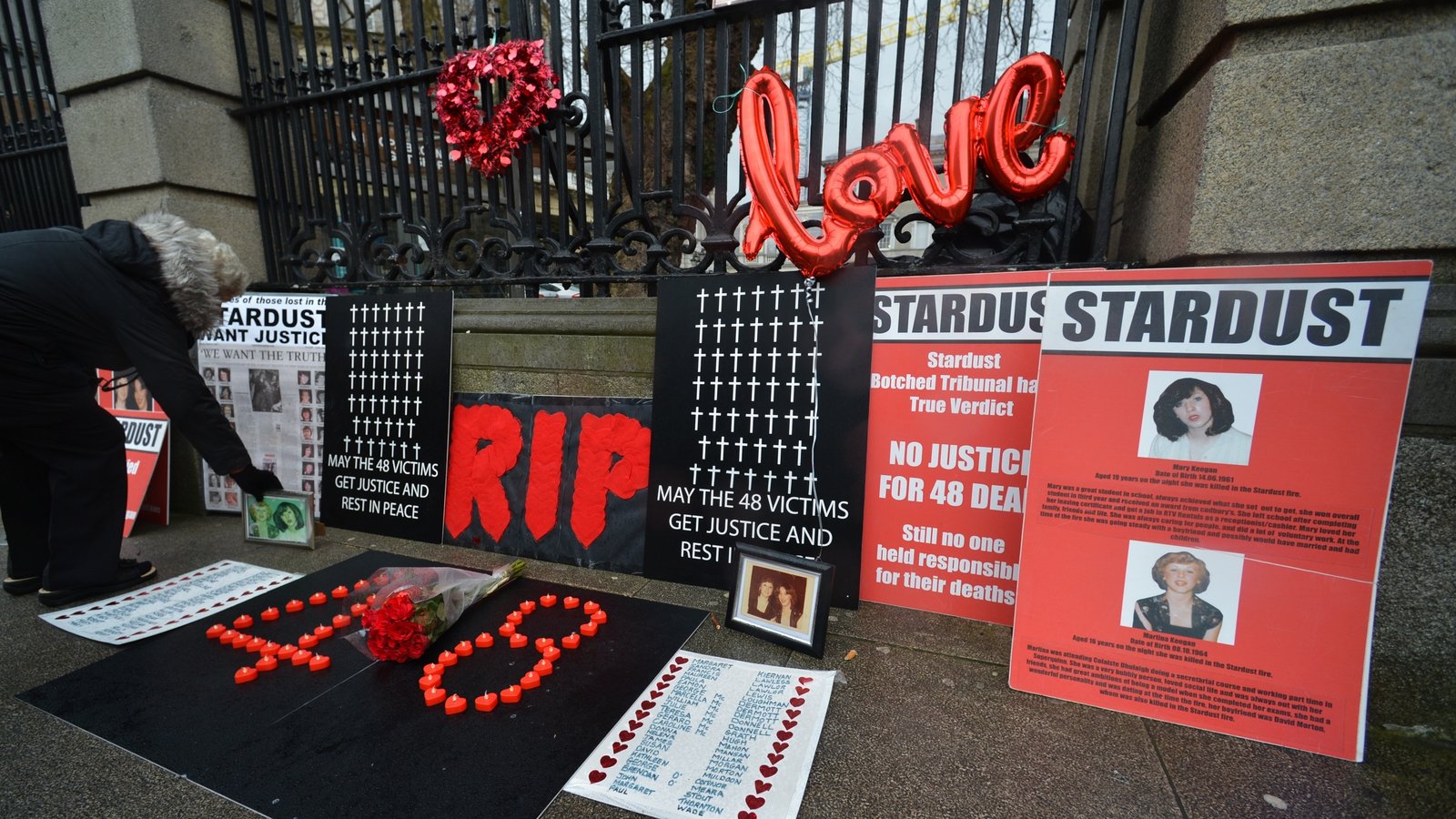Kenova report a ‘damning indictment of the State’


A legal firm representing some of the families at the centre of the Kenova inquiry said the investigation’s report is a “damning indictment of the State”.
Kevin Winters of KRW Law said it was legally and morally reprehensible that the State could have intervened to save lives and did not.
He said it leaves them with the “horrendous conclusion that both the State and the IRA were co conspirators in the murder of its citizens”.
He also said the decision not to name Freddie Scappaticci as the agent codenamed Stakeknife “has been difficult for many to accept” but he said families are encouraged by the prospect that this might change in the near future.
“The Report makes it very clear, by inference or otherwise, that Scappaticci was the agent Stakeknife,” he said.
He said that for many families this inquiry was about finding out whether or not their relative was a “tout”, and that the report has left a number of families in limbo. “At best this absence has been underwhelming and at worst it has been retraumatising,” Mr Winters said.
He also described the decision not to prosecute anyone as “depressing” and said the findings of today’s report only serve to compound the frustration to address what he described as “this glaring justice deficit”.
The legal firm said they have requested reviews in a number of cases and commenced a Judicial Review against the Public Prosecution Service in the case of Anthony Braniff.
Mr Winters also said that the report’s call for apologies “does not really cut it” for some of the families.
He also said that there should be a full public inquiry into the State penetration of the IRA, saying that Stakeknife did not operate as a lone agent.
“Todays Report does not end the Stakeknife saga. On the contrary, it signposts the need for further probing.”
He said the interim report was substantial and he commended John Boutcher and his team for their work on it over the past 7 years.
He said the report exposes what he described as the “utter dysfunction that existed back in the day”.
Mr Winters also said the report was a strong riposte those who criticised the £40 million cost of the inquiry
“You can never put a price on the cost of exposing the truth in circumstances where vast cost has been deployed in suppressing the truth,” he said.
None of the families represented by the firm attended the press briefing in Belfast this afternoon, but Mr Winters paid tribute to those who had supported the investigation saying: “The stigma for the tout of informant runs very deep in Irish history. That stigma still extends to the next of kin and the next generation after that.”
Intelligence failures led to death of IRA informers – Kenova
Investigators working on the Operation Kenova inquiry identified a number of examples where IRA informers were killed because of failings by British Army handlers and RUC Special Branch.
One concerns an IRA member who was interrogated for a number of days before being shot, despite the security forces knowing where he was being held.
The report says the British Army gave RUC Special Branch details of the address where the man was being held and the identities of those conducting the interrogation.
But it says Special Branch did not pass the intelligence on to investigators “in an apparent attempt to protect the source of the information”.
The report also reveals that police failed to inform the family of a man abducted by the IRA that he had been murdered within days of his disappearance, with the result that they spent years searching for him with no idea what had happened.
“They did not inform his family,” it says. “They made no efforts to find him. The RUC did not carry out a murder investigation.”
Read more:
A British agent inside the IRA: Who was Freddie Scappaticci?
Operation Kenova: Shadowy world of intelligence and the ‘Dirty War’
In another case, the security forces failed to properly warn an agent that they had been compromised and that the IRA knew he was working as an agent.
They did not tell the agent “and simply advised him that PIRA might be on the lookout for agents and he should be vigilant and take suitable precautions. PIRA subsequently abducted and murdered this agent”.
The report also gives an example of an occasion when RUC Special Branch prevented detectives investigating the murder of an alleged IRA agent from conducting a proper search of an address he had been observed entering shortly before his murder.
“Decisions of this kind, preventing searches and other investigative steps from taking place, were made to protect and maintain sources of intelligence at the expense of recovering evidence which could have allowed the prosecution of those responsible for murder,” it states.
There are also examples of instances when IRA members were identified as agents and killed as the result of actions by their handlers.
In one case the report says an agent handler “visited an agent at an inadvisable and indiscreet location” which aroused the suspicions of the IRA’s internal security unit.
The agent was later abducted and murdered.
Additional reporting: Samantha Libreri





